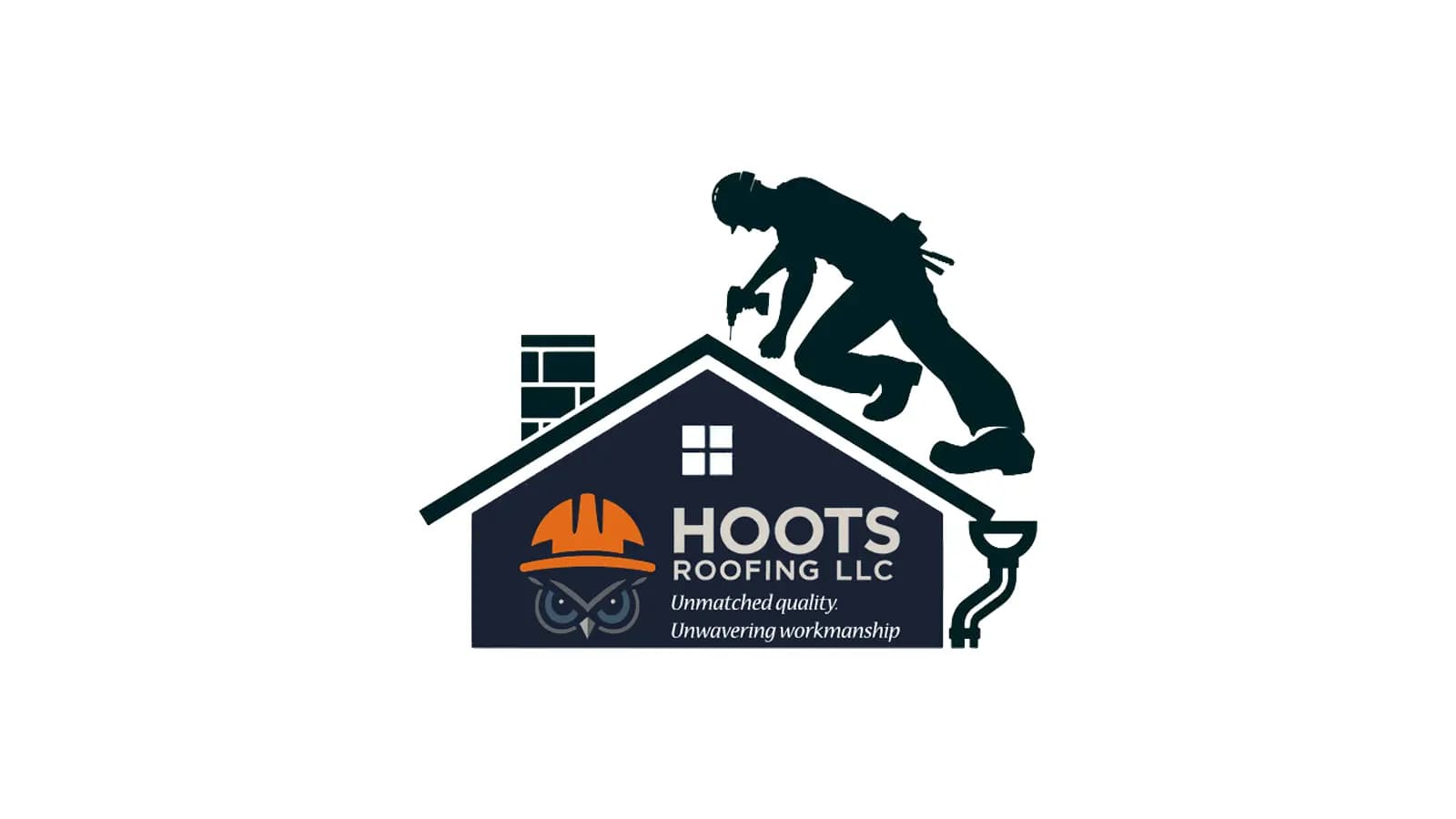Why Roof Insurance Claims Feel Overwhelming
If you’ve ever tried to navigate a homeowner’s insurance claim after storm damage, you know how confusing the process can feel. Between adjuster visits, deductibles, depreciation, and paperwork, it’s easy to feel like the odds are stacked against you. The truth is, insurance is meant to protect you — but only if you understand the process and avoid the common traps that cost homeowners thousands of dollars.
This guide breaks down the essentials of roof insurance claims in plain English so you can move forward with clarity, protect your finances, and get your roof restored without unnecessary stress.
Know Your Deductible
Every homeowner’s policy includes a deductible — the amount you must pay before your insurance company contributes a dime. For roof claims, deductibles can range from $500 to $5,000 or more, depending on your policy and state regulations.
Here’s the key:
- If your deductible is $2,500 and the total approved claim is $9,000, your insurance pays $6,500 and you pay $2,500.
- If the damage is $2,000 total, your insurance pays nothing, because the cost is below your deductible.
Many homeowners are shocked when they learn their deductible amount after filing a claim. Avoid surprises by reviewing your policy now and asking your agent if you have a wind/hail deductible — which is often higher than your standard one.
ACV vs. RCV — The Two Payment Methods
One of the most confusing parts of a roof claim is understanding how insurance pays. Most policies are written with either ACV (Actual Cash Value) or RCV (Replacement Cost Value) provisions.
ACV (Actual Cash Value)
- Insurance pays the depreciated value of your roof at the time of loss.
- Example: If your 20-year roof is 15 years old, insurance may only pay for 25% of the replacement cost (minus your deductible).
This type of policy often leaves homeowners paying far more out of pocket.
RCV (Replacement Cost Value)
- Insurance pays the full cost to replace the roof (minus your deductible).
- Payments usually come in two parts: the initial ACV check (up front) and the recoverable depreciation (released once the roof is replaced).
This is the most common policy type and offers the best protection.
Pro Tip: Always confirm in writing whether your policy is ACV or RCV. This one detail can mean the difference between paying a few thousand or tens of thousands of dollars.
Document Everything
Insurance companies love documentation, and the more you have, the stronger your case.
- Photos: Take clear, date-stamped pictures of shingles, flashing, gutters, and any interior leaks.
- Receipts: Keep invoices for temporary repairs (tarping, sealing leaks). Insurance often reimburses these.
- Communication: Save every email, letter, or text with your adjuster or contractor.
- Inspections: A roofer’s inspection report with measurements and photos can validate your claim and speed up approval.
Think of documentation as your “evidence file.” The better you present your case, the fewer delays and denials you’ll face.
Adjuster Visits & Supplements
After you file, the insurance company will send an adjuster to inspect the roof. This person’s job is to confirm whether the damage is covered and to estimate the repair cost. While most adjusters are fair, they’re also trained to control claim costs.
Here’s where your roofer comes in:
- A contractor who attends the adjuster meeting can point out hidden damage (like lifted shingles, soft decking, or ventilation issues).
- If something is missed, your roofer can file a supplement — essentially a request for additional funds based on necessary repairs found once the job begins.
Supplements are common and often the only way to ensure your roof is fully restored, not just patched.
Common Mistakes Homeowners Make
- Filing a claim without confirming damage – Multiple denials can hurt your record and raise premiums.
- Accepting the first adjuster estimate – Initial offers are often conservative.
- Not understanding depreciation – Many homeowners never request their recoverable depreciation check, leaving thousands unclaimed.
- Hiring uninsured contractors – If a roofer isn’t properly insured, you could be liable for accidents or poor workmanship.
- Paying the deductible to the contractor instead of the insurance company – Never do this. Your insurer requires proof you paid it.
Pro Tips From a Roofer’s Perspective
- Be present during the adjuster visit or have your contractor represent you. Small details can add up to big differences in payout.
- Check local codes. If your city requires upgrades (like ice and water shield, drip edge, or additional ventilation), insurance may be required to pay for those too.
- Act quickly. Many policies only allow claims to be filed within 6–12 months of the storm date. Waiting too long could cost you coverage.
- Get everything in writing. From scope of work to warranties, paper trails protect you.
Final Thoughts
Insurance claims don’t have to feel like a battle. With the right knowledge — and the right contractor in your corner — you can navigate the process smoothly, avoid unnecessary costs, and restore your home with confidence.
At Hoots Roofing, we don’t just repair roofs; we guide homeowners through the entire claim process. From inspection to paperwork to installation, we ensure you’re treated fairly and your home is fully protected.
Ready to File a Claim?
👉 Schedule a Free Roof Inspection
📞 Or call us directly at (931) 221-2115
Let’s get your roof — and your peace of mind — back on track.

